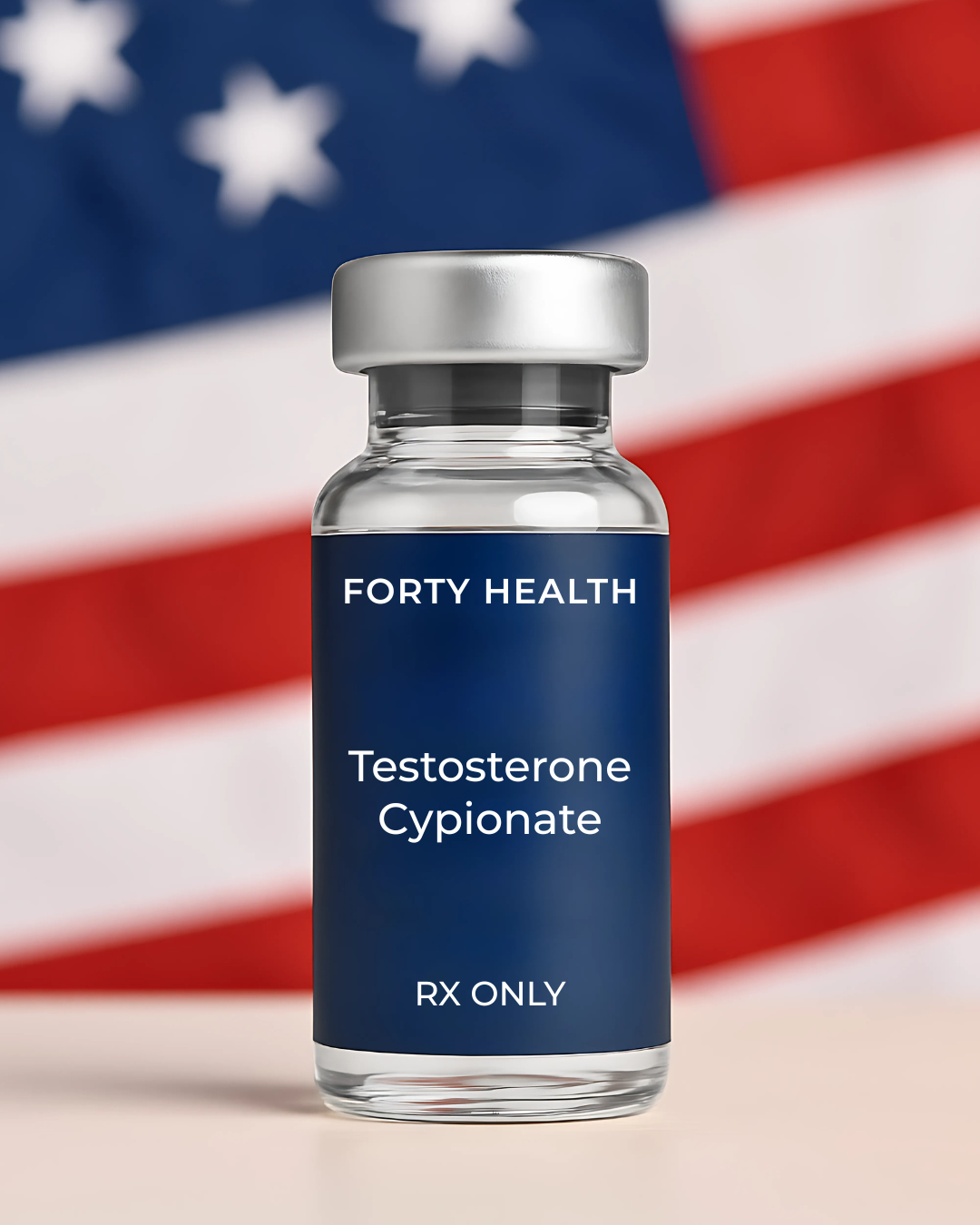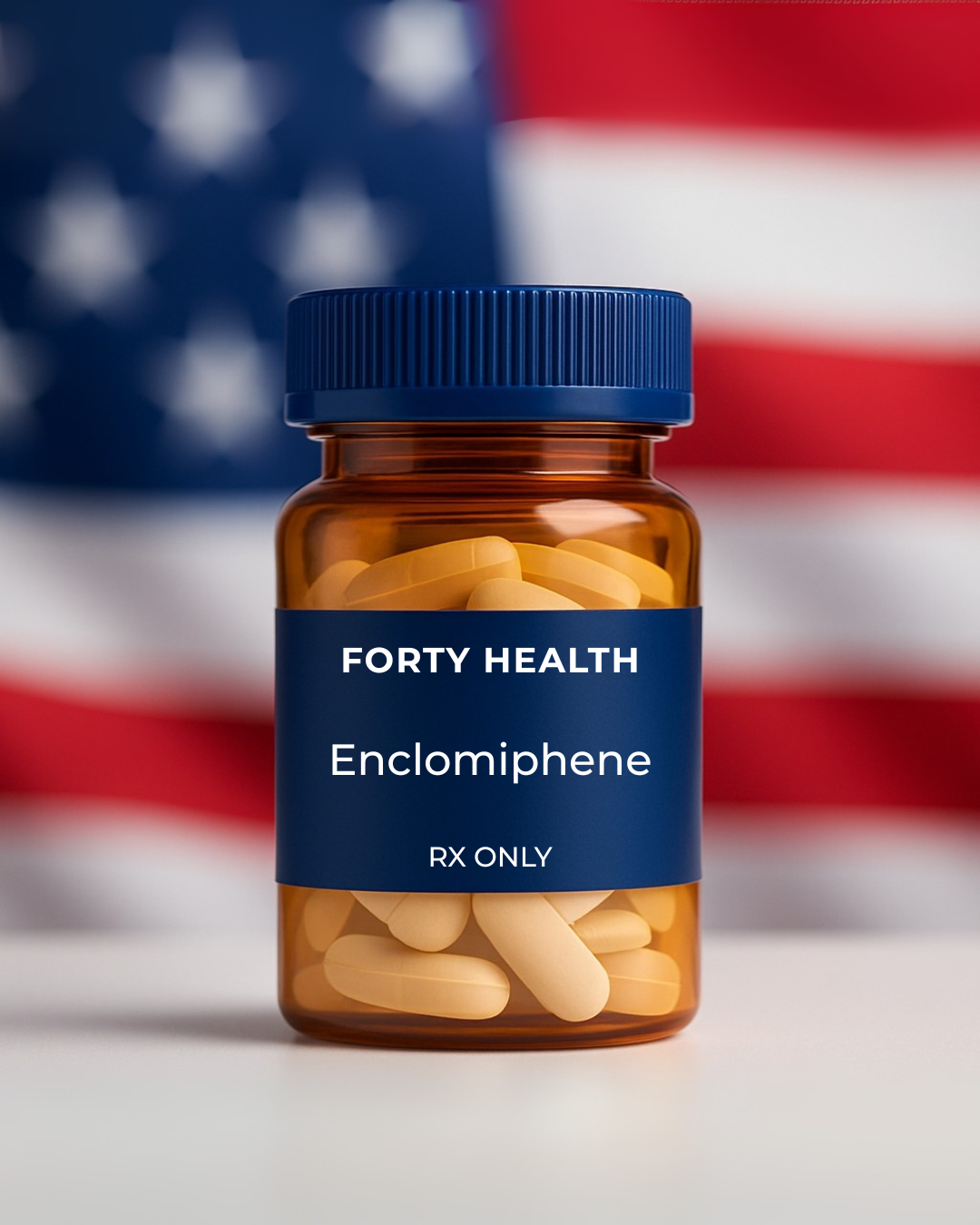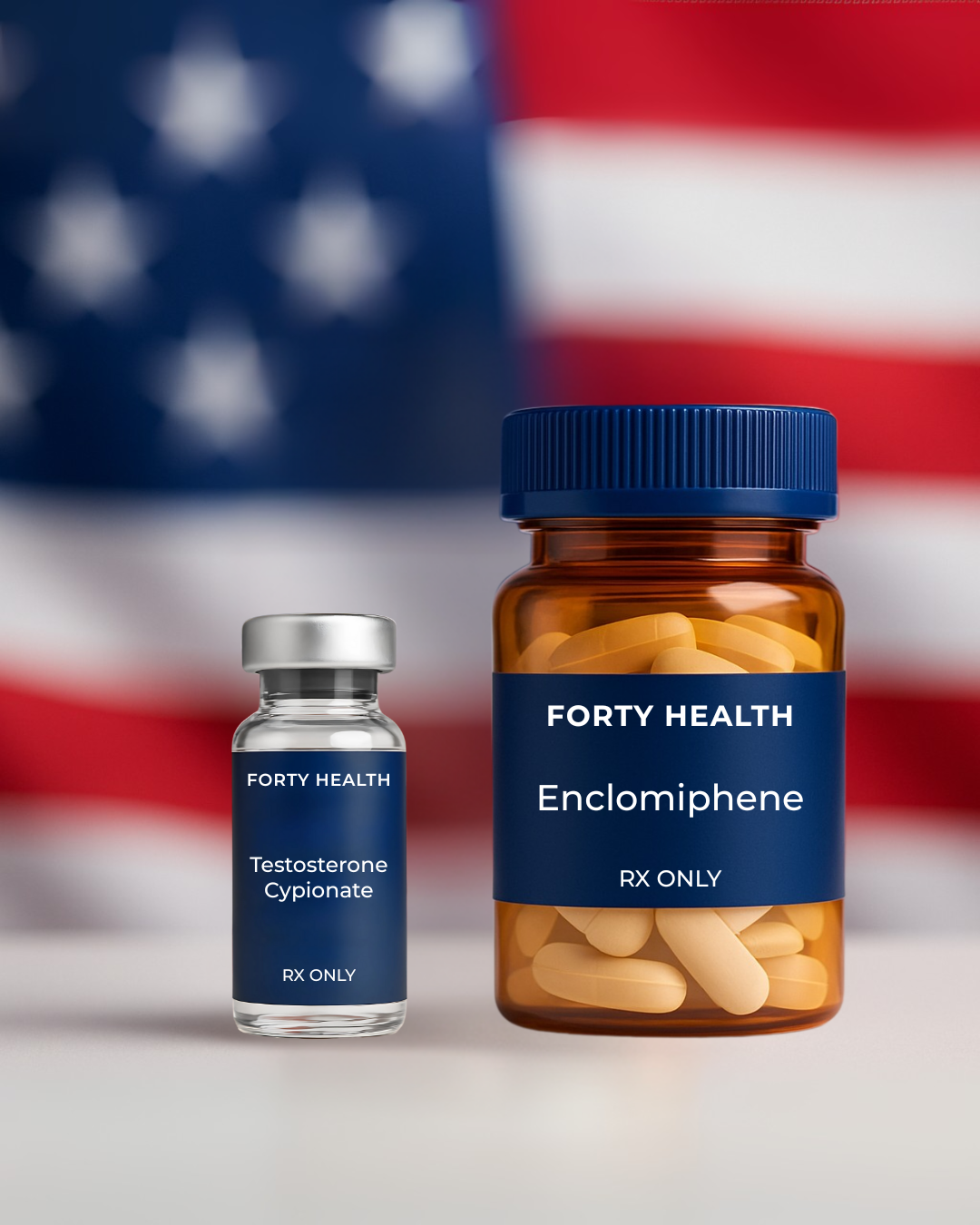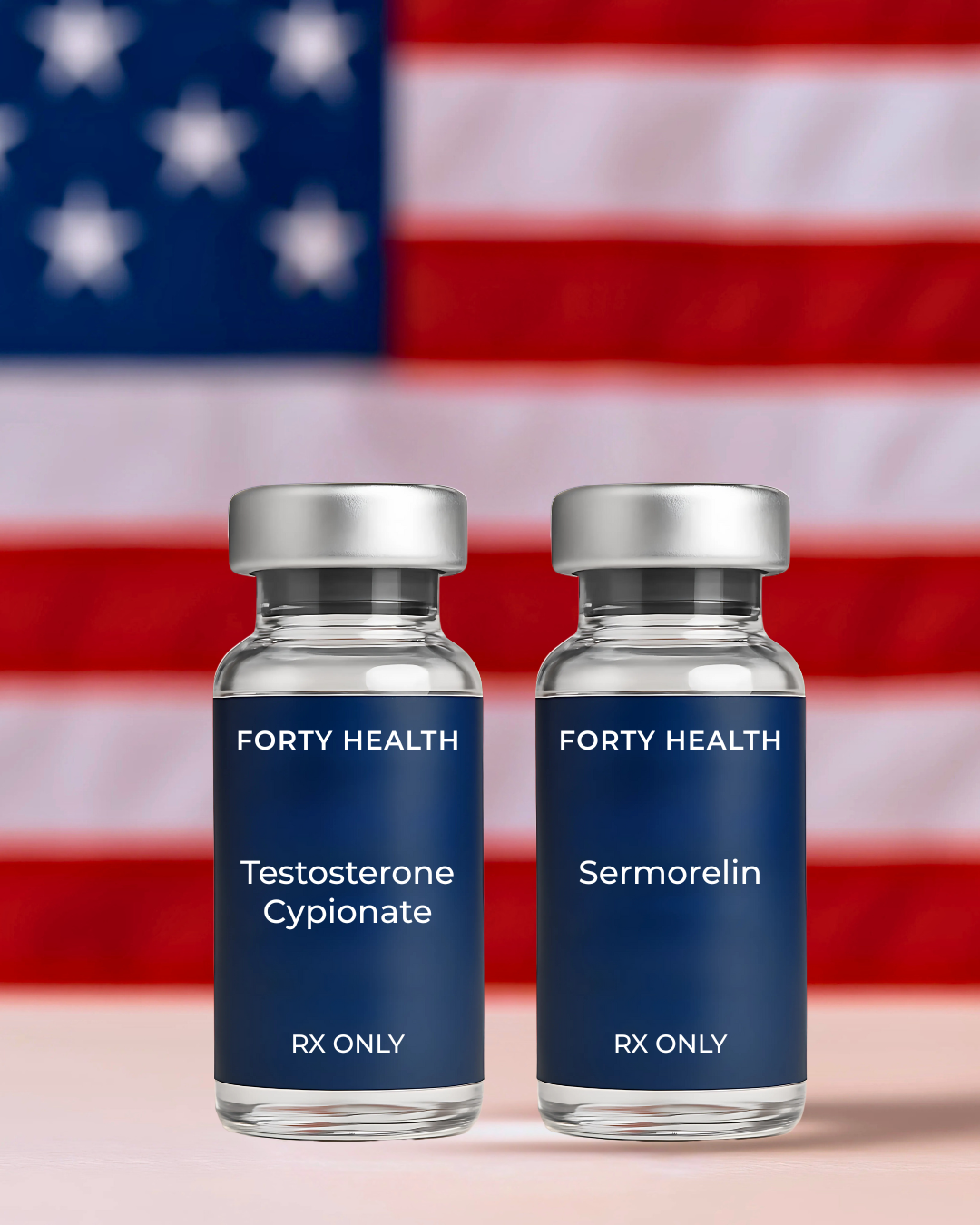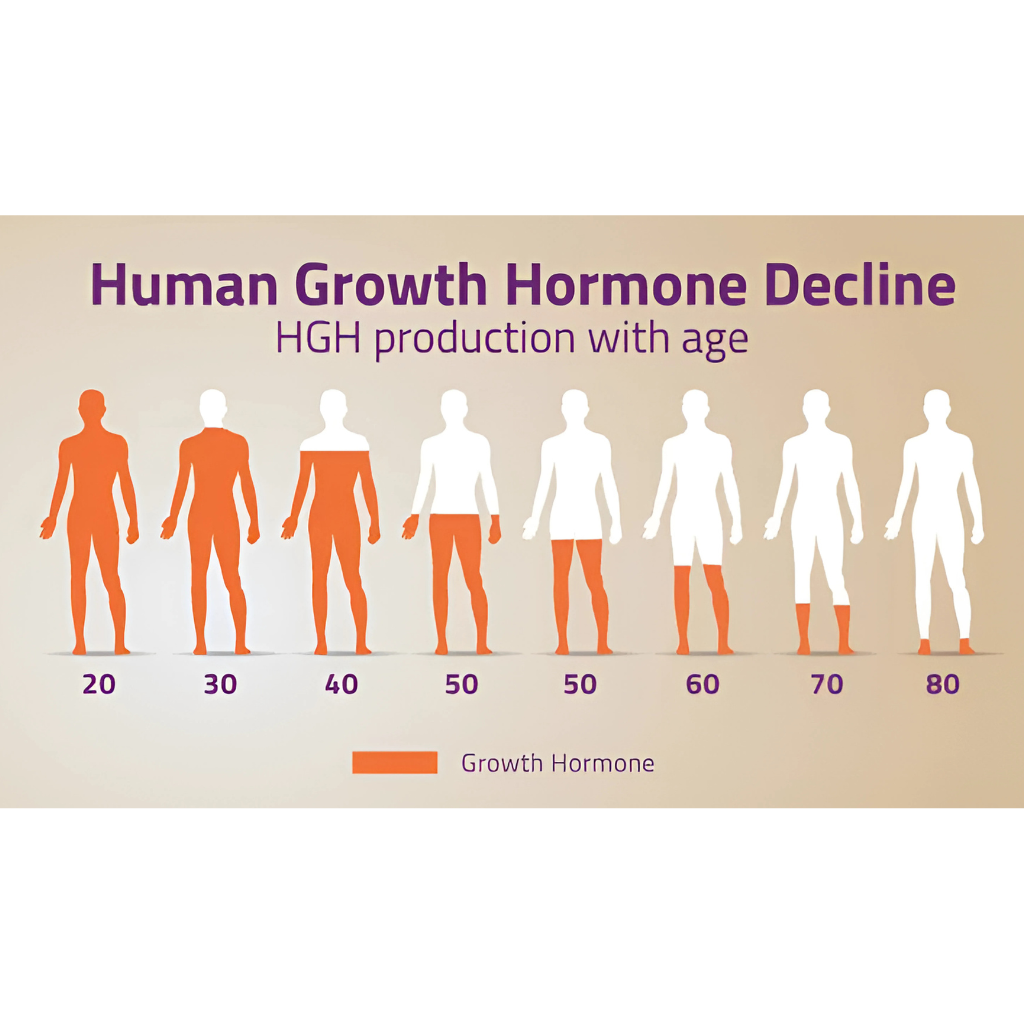They sound almost exactly the same, heck they are only two letters apart, but what is the real difference between ENclomiphine and clomiphene? They might be more similar than you think, with one vital difference. Here we’ll compare how they work, the dosages, side effects and health goals of each.
What Are Enclomiphene and Clomiphene?
Both enclomiphene and clomiphene are part of a drug family known as SERMs (selective estrogen receptor modulators). The goal of these medications is to do as the name suggests, selectively interact with the estrogen receptors in the body to help control hormone regulation of ultimately both estrogen and testosterone (we’ll talk more about this below). Men and women naturally have both hormones, estrogen and testosterone – one of the things that mainly differentiates the genders is the levels of each hormone in the body. Meaning, men have a much higher Testosterone/Estrogen ratio in the body compared to women. Both hormones are managed in-tandem throughout the body from manufacturing through the HPA (hypothalamic-pituitary-axis) in the brain to the end organ receptor impacts.
Clomiphene
FDA Approval & Use: Clomiphene citrate is a FDA approved medication for treating female infertility. It was first approved in 1967, making it one of the oldest and most popular known drugs in the SERM family. Although, Clomid isn’t FDA approved for men, it is frequently prescribed off-label (meaning it has no FDA approved label for the indication but is recommended by the doctor to use the medication to treat another similar condition) to treat secondary hypogonadism (low testosterone caused by dysfunction in the hypothalamus or pituitary gland) and infertility in men.
Function & Mechanism: Clomiphene is made up of two isomers: 62% (trans-isomer) enclomiphene + 38% (cis-isomer) zuclomiphene. Each work together for the ultimate purpose of ovarian stimulation with zuclomiphene being a potent agonist and enclomiphene being an estrogen antagonist. Both isomers are needed in women to regulate the reproductive hormonal cycle in a balanced manner and not shut off the ovarian hormonal spikes which are necessary for successful ovulation. Zuclomiphene was found to disrupt sperm production at times. The feedback system consists of estrogen receptors in the brain, particularly in the hypothalamus, which signals the body to produce more gonadotropins and estrogen receptors on the reproductive organs of ovaries/testicles. These hormones—luteinizing hormone (LH) and follicle-stimulating hormone (FSH)—stimulate the testes in men to produce more testosterone and sperm.
Nomenclature: Clomiphene is short for full name clomiphene citrate. This medication is also popularly known as Clomid® as that is a brand name drug of the same; think like Tylenol® is to acetaminophen - one is the technical name of the medication, while the other is a brand name for the medication. Meaning that a company made some formulation adjustments so they could patent the medication some time ago and sold it under a new patented name in the markets. Also known as (mostly due to common misspelling errors): clomifene, clomifen, clomipheme, clomifem, clomid for men, clomid for women, clomiphene for men, clomiphene for women.
Enclomiphene
Enclomiphene is a newer, purified derivative of clomiphene: utilizing on the trans-isomer. It is specifically designed for men with low testosterone and is considered a more targeted treatment for boosting testosterone without the unwanted side effects often associated with clomiphene.
FDA Approval & Use: Enclomiphene is not FDA approved for any purposes. Althought it is a newer and more efficient version of the medication clomid for the purposes of treating men, it is not patentable by big pharma as the isomer has existed already for more than 10 years. Guiding a new drug through the FDA approval process takes on average 9-12 years and $1-2 billion dollars, which are not resources that pharmacy companies like Novartis would spend on a non-patentable, non-brandable drug (because any other manufacturer could make a photocopy of the drug the next day to sell too).
Function & Mechanism: Enclomiphene is the purified trans-isomer enclomiphene citrate from the original medication Clomid. As mentioned earlier, Clomid is made up of two isomers: 62% enclomiphene + 38% zuclomiphene, to have a dual effect on ovarian regulation. In men, it was found that zuclomiphene actually disrupted sperm production and caused testicular degeneration due to the potency of the estrogen agonist activity, hence the purification.
Nomenclature: Enclomiphene is short for enclomiphene citrate. Rarely also known by the brand name Androxal®. Other names for the same medication: enclomifene, enclomifen, enclomipheme, Enclompihene, enclomifem, enclomid, enclomifene citrate, enclomid for men, enclomiphene for men.
How Do They Work?
Both drugs work by stimulating the production of gonadotropins, which, in turn, increases testosterone production in the testes. However, their mechanisms differ slightly due to the composition of the medications:
Clomiphene: A mixture of two isomers—enclomiphene (the active isomer) and zuclomiphene. While enclomiphene boosts testosterone, zuclomiphene acts as an estrogen agonist, potentially causing side effects like mood swings and gynecomastia (enlarged breast tissue).
Enclomiphene: Pure enclomiphene without zuclomiphene, making it a more precise and focused treatment with fewer estrogen-related side effects.
| Feature | Enclomiphene | Clomiphene |
| Composition | 100% trans enclomiphene isomer | 62% (trans-isomer) enclomiphene + 38% (cis-isomer) zuclomiphene |
| Primary Use | Treats low testosterone in men | Fertility treatment and off-label for low testosterone in men |
| Side Effects | Fewer estrogen-related side effects such as testicular shrinkage | Higher risk of mood swings, fatigue, and gynecomastia due to zuclomiphene |
| Effectiveness for Men | Made for men | Less targeted for male hormone therapy |
| Regulation of Estrogen | Minimal estrogenic effects | Possible estrogenic stimulation due to zuclomiphene |
Benefits of Enclomiphene
-
-
Targeted Action for Men
Enclomiphene is specifically developed for male hormone therapy, making it more effective and better tolerated than clomiphene. -
Fewer Side Effects
By removing zuclomiphene, enclomiphene reduces the likelihood of side effects like mood swings, fatigue, and gynecomastia. -
Boosts Natural Testosterone
Enclomiphene stimulates natural testosterone production without suppressing sperm production, unlike traditional testosterone replacement therapy (TRT).
-
Targeted Action for Men
Benefits of Clomiphene
-
-
Established History
Clomiphene has been used for decades and is well-studied, particularly for fertility treatments in both men and women. -
Dual Function
It can treat both low testosterone and fertility issues, making it a versatile option for men trying to conceive. -
Cost-Effective
As an older medication, clomiphene is generally more affordable and widely available.
-
Established History
Which is Right for You?
Choosing between enclomiphene and clomiphene depends on your specific health goals and needs:
Enclomiphene may be the better choice if:
-
- Your primary concern is increasing testosterone with minimal side effects.
- You’re looking for a targeted, modern approach to treating low testosterone.
Clomiphene might be more suitable if:
-
-
- You’re addressing both fertility and testosterone issues simultaneously.
- Cost is a significant factor in your treatment decision.
-
FAQs on Clomid and Enclomiphene
Enclomiphene vs clomiphene, which one should you use?
Enclomiphene is the most appropriate care for men who need to increase testosterone.
Is Clomid safe for men?
The FDA has not made any recommendations regarding safety of Clomid for Men. From looking at research, it does appear that clomid can be safe for most men but has suboptimal results. It is not recommended particularly for men who have
- A history of liver problems
- Uncontrolled thyroid or adrenal gland problems
Is Enclomiphene safe for men?
The FDA has not made any recommendations regarding safety of Enclomiphene. From looking at research, it does appear that enclomiphene can be safe for most men. You should always talk to a healthcare provider (as you will need a prescription to get the medication anyways) regarding if it is particularly right for you.
Why Forty Health Recommends Enclomiphene for Low Testosterone
At Forty Health, we prioritize effective, evidence-based treatments for our patients. Enclomiphene stands out as a premium solution for men seeking to boost their testosterone levels naturally without the complications of traditional TRT or the unwanted side effects of clomiphene.
With our world-renowned clinical team and tailored approach, we’ve helped countless men achieve hormonal balance, improve energy levels, and reclaim their vitality.
Buy enclomiphene online
If you’re struggling with symptoms of low testosterone or want to explore your options, Forty Health is here to help. Buy enclomiphene online and achieve your health goals today!

